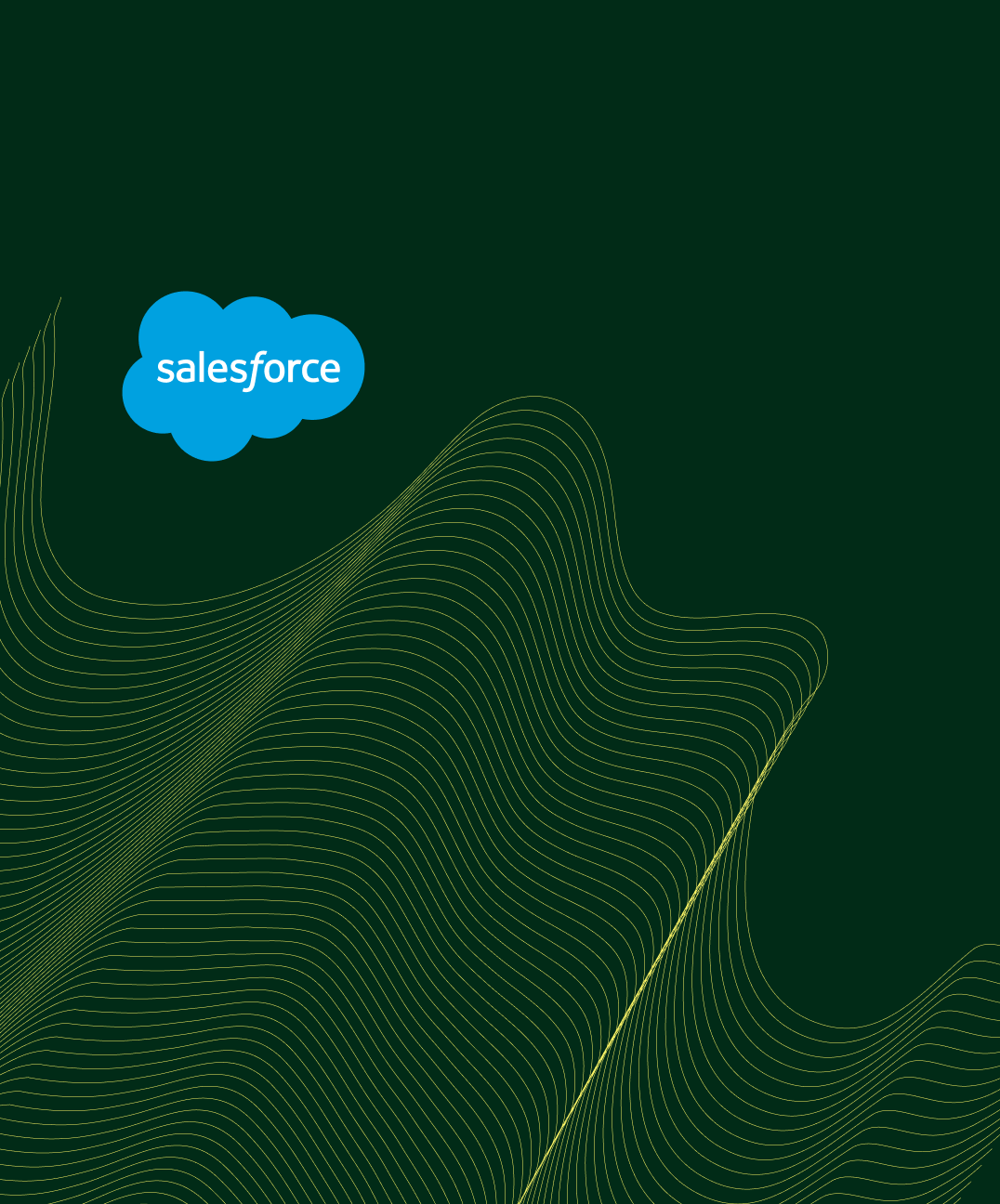Everything important at a glance
Cloud or cloud computing refers to the Internet-based provision of storage space, computing power or application software as a service
On-premise solutions are installed on the company's own server, in "the company's own premises".
The compromise of both options are hybrid models: If your requirements are not completely covered by either private or public cloud solutions, opt for the best of both worlds
In terms of costs, cloud solutions are the more favorable option, since on-premise solutions have many hidden costs that you do not initially anticipate
Advantages and disadvantages at a glance
Cloud
On-Premise | Advantages | The cloud computing provider is responsible for hosting, the entire IT infrastructure, and maintenance and security |
|---|---|---|
Complete and sole control over your own company data | Users can access the software from any location and from any Internet-enabled device | Data access does not require Internet access, can also be operated offline (cloud solutions, however, offer similar offline options) |
Scalability: Additional users and/or applications can be added easily and quickly | Strong possibilities for personalization | (Provider-dependent) higher security standards |
High level of data protection: no forwarding of data to third parties | Disadvantages | Trust in the provider must be given: limited control over the storage of own data |
Sole control goes hand in hand with personal responsibility and permanent additional work: adaptation, expansion, maintenance, updates are the responsibility of the company itself. | Fewer options for personalization | Data protection is high, but so is the possible loss of data |
Internet access is essential for cloud solutions, without it you cannot work with the software | ||
On-Premise vs. Cloud: Which is Better?
Software-as-a-Service (SaaS) is a licensing and sales model with which software applications are offered as a service in the cloud, i.e. via the Internet. On the other hand, on-premise solutions are installed on the server of the respective company and managed by the company itself. The decision of a company for an on-premise or for a cloud solution is not an easy one. There are many different factors that companies must consider when making this decision in order to ensure data security and accessibility for employees. Both options come with advantages and disadvantages. In the following article, we will show you what to consider.
What is Cloud Software?
"Cloud computing is the provision of computing services such as software, databases, servers and networks over the Internet. This allows end users to access software and applications from anywhere.
Software-as-a-Service (SaaS) is a licensing and distribution model that offers software applications over the Internet, i.e., as a service." - Salesforce
Accordingly, a cloud or cloud computing is understood to be the Internet-based provision of storage space, computing power or application software as a service. The cloud is mainly used via programs on the respective accessing devices and via a web browser. All that is required is an Internet connection. Maintenance and servicing of the underlying architecture are the responsibility of the provider. Therefore, a great deal of trust in the provider is required, because control over the company's own data is initially relinquished.
For whom is cloud software suitable?
First of all, a Cloud software is suitable for companies of any industry and size. The customizability and scalability of cloud solutions in particular make this possible. Nevertheless, cloud software may be more suitable for certain companies and in certain phases than for others. Especially the Manufacturing Industry benefits from cloud solutions - the The industry's present is digital and will become even more digital in the future.
The following applies here: Cloud software is particularly suitable for companies,
who need a quick introduction and implementation of the software,
who want to ensure web-based and location-independent use,
Who want to ensure flexible access from mobile devices
and whose products and services must be scaled frequently and in both directions.
Advantages and disadvantages of Cloud Software
Advantages
Disadvantages | The cloud computing provider is responsible for hosting, the entire IT infrastructure, and maintenance and security |
|---|---|
Control over the hosting of one's own data is limited, so there must be trust in the provider | No investment in infrastructure |
Fewer options for personalization | Scalability: Additional users and/or applications can be added easily and quickly |
Costs for the own server are omitted, instead monthly / annual costs arise towards the provider | Users can access the software from any location and from any Internet-enabled device |
Internet access is essential for cloud solutions, without it you cannot work with the software | (Provider-dependent) higher security standards |
What is on-premise software?
First of all, on-premise means that something takes place "on your own premises", so to speak. On-premise solutions are therefore the opposite of cloud or cloud computing. This is because the respective software, for example a SAP system is installed on the company's own server for on-premise solutions.
Many companies that use on-premise software have been doing so for decades, are used to using the software on their own systems and have never had any problems with it. The product is purchased, installed and you can work with it for several years.
For whom is on-premise software suitable?
The on-premise software model has long been considered the standard model, but in the digital world it is increasingly being replaced by SaaS and cloud solutions. For certain industries and users, however, this model is still well suited and has advantages.
On-premise software is particularly suitable for enterprises,
who cannot and do not want to outsource their IT (including maintenance, etc.),
who would like to access their data even without an Internet connection or access
and can ensure complete independence and sole responsibility for data, software and hardware.
Advantages and disadvantages of on-premise software
Advantages
Disadvantages | Complete and sole control over your own company data |
|---|---|
Sole control goes hand in hand with personal responsibility and permanent additional work: adaptation, expansion, maintenance, updates are the responsibility of the company itself. | Data access does not require Internet access, can also be operated offline (cloud solutions, however, offer similar offline options) |
No running costs, but high personnel costs due to the operation of an in-house IT department | Strong possibilities for personalization |
Resources of own developers: must be briefed in detail, know the system very well and be allocated sufficient time to optimize the system and keep it up to date. | High level of data protection: no forwarding of data to third parties |
Data protection is high, but so is the possible loss of data | With the purchase of the software there are no further running costs |
On-premise vs. cloud cost comparison
Let's now move on to the cost comparison of the two options. For many companies, the costs are a decisive factor for or against a software solution. We have a calculation example for you so that you can form your own opinion.
We assume that a cloud solution for a company with 10,000 employees costs 5 euros per month and user. That's annual fees of 600,000 euros. If we now compare these costs with the expenditure of an on-premise solution of 800,000 euros (for the one-off investment in hardware and software), as well as annual software license fees of 100,000 euros, we arrive at the following cost comparison.
Cloud in € | On-Premise in € | Year 1 |
|---|---|---|
600.000 | 900.000 | Year 2 |
1.200.000 | 1.000.000 | Year 3 |
1.800.000 | 1.100.000 | The cloud solution may seem more expensive at first. But the ancillary costs for operating the on-premise solution are not yet included here! If we add these and calculate the costs for 2.5 full-time employees and flat-rate contributions for various other operating costs, it looks like this: |
Cloud in €
| On-Premise in €Year 1 | 600.000 |
|---|---|---|
1.300.000 | Year 2 | 1.200.000 |
1.800.000 | Year 3 | 1.800.000 |
2.200.000 | This is where the hidden costs come into play, which are often not visible at first glance. The example shows that the cloud solution is the more cost-effective option in the short or long term. |
Conclusion
As a digitization consultancy, we generally recommend a cloud solution. We see cloud computing and cloud CRM systems as the future of any enterprise digitization and an optimal entry into digital customer management due to the numerous potentials and the cross-departmental, cross-employee and cross-location functionality.
Cloud and cloud solutions arm companies against possible data loss and do not generate additional expenses due to software maintenance. Too often, we have found that isolated solutions in the company hold back transparent communication and that different departments are not sufficiently networked to be able to work effectively and productively. For us, the advantages of cloud solutions clearly outweigh the advantages of on-premise solutions. You are not convinced yet? Arrange an expert meeting today and we will explain the advantages of a cloud solution to you at your leisure.
Hybrid solutions
Finally, we would like to present you with a compromise if your company policy is not to do without an on-premise solution. With a mixed computing, storage and service environment, you minimize the disadvantages of both options. A hybrid cloud has on-premises infrastructure, private cloud services and a public cloud, such as Amazon Web Services (AWS) or Microsoft Azure. So if your needs are not completely covered by either private or public cloud solutions, opt for a
Hybrid cloud approach. So you don't have to choose between on-premise vs. cloud.

